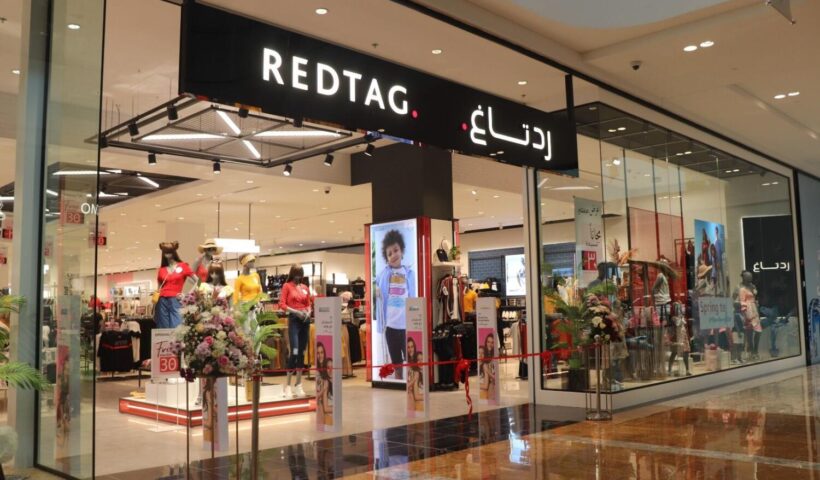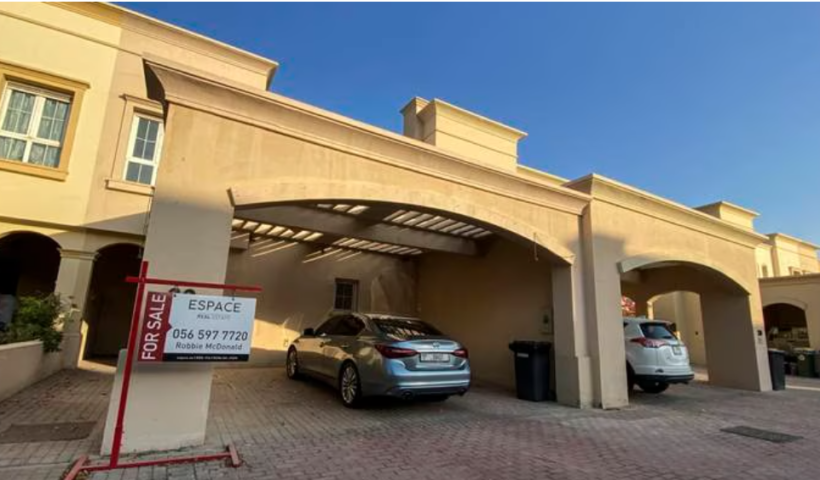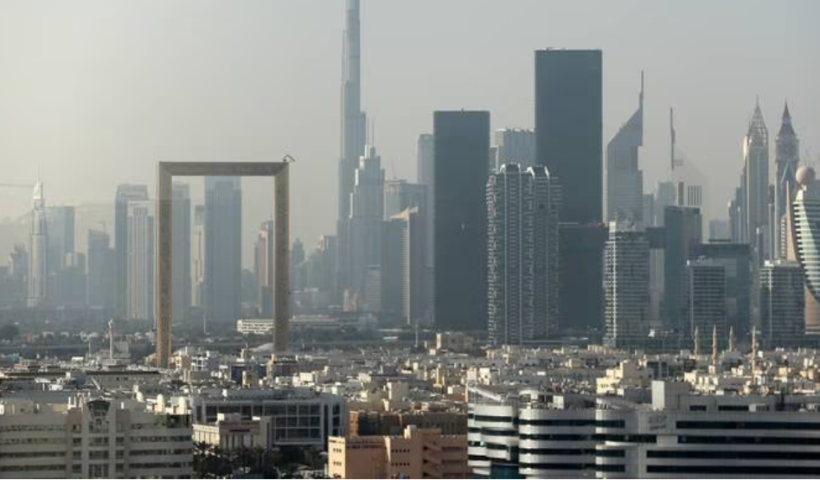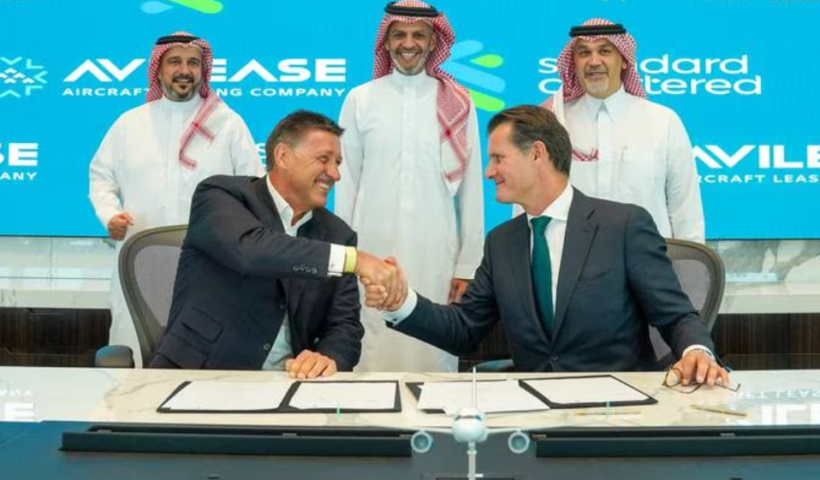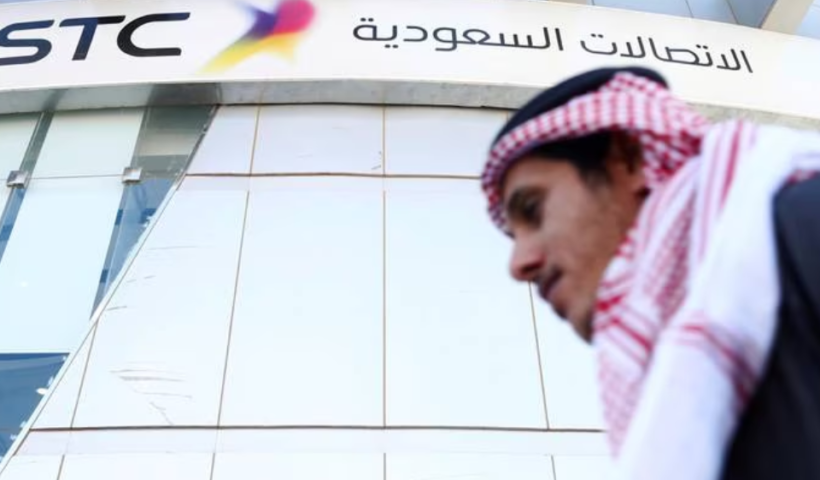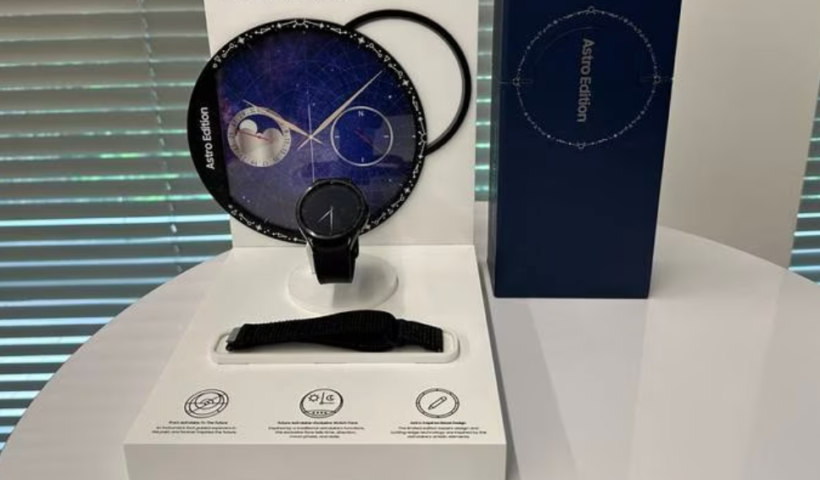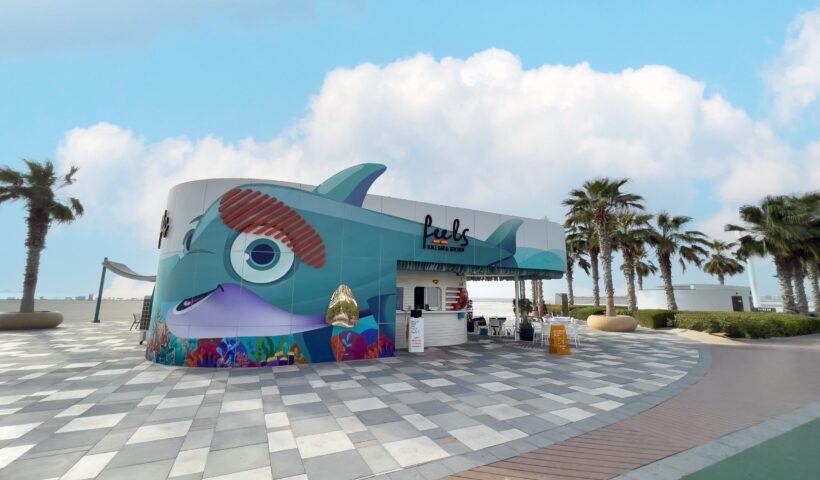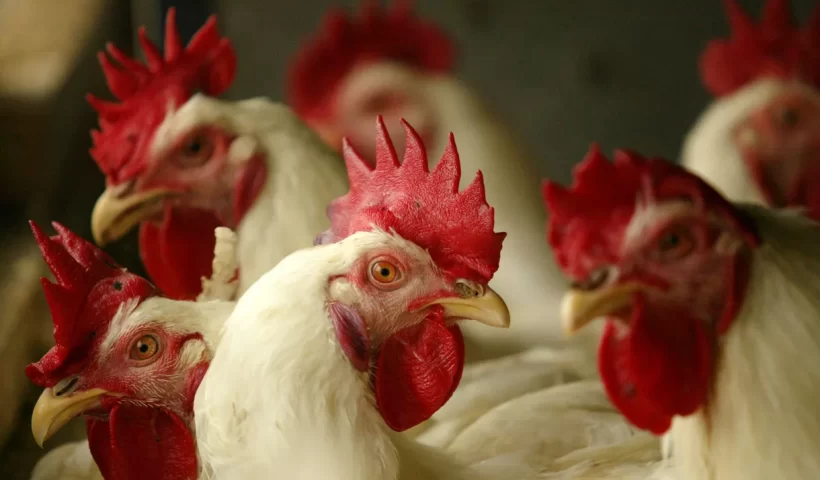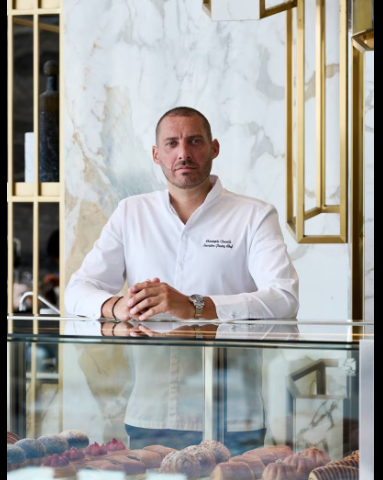Experts predict that the GCC retail sector will continue to grow strongly in the near future and will be worth $308 billion in 2023.
Unquestionably, the sector has benefited from the post-pandemic recovery, but opportune governmental changes have also contributed to women’s labor participation, company accessibility, and macroeconomic stability. These elements have a domino impact on consumer confidence and retail expenditure. Retailers have thus made deliberate attempts to stay up with those changes.
Customers are at the center of the redesigned retail tactics. With the growing adoption of digital technology, this shift entails using customer data to tailor brand communications and offerings. For consistent consumer experiences, top brick-and-mortar shops have systematically embraced e-commerce by integrating various channels.
According to Shehbaz Shaikh, chief retail officer of Redtag, a top value fashion and homeware brand in the GCC, these trends have significant ramifications for the sector’s future.
Fundamentally, being customer-centric means keeping up with customer movements, whether those be their shopping habits or preferences. The 98 percent internet penetration rate in the GCC has increased e-commerce. However, this is not the price of traditional brick-and-mortar retail. Both are structurally in demand, with the same consumer favoring online and offline shopping depending on the situation. In such case, being customer-centric means taking special note of each customer’s preferences.
Understanding the distinctive interests of a wide range of clients is crucial for businesses in this situation. Possibly, that is where Big Data and AI analytics come in.
We can comprehend what a customer wants, when they want it, and how they prefer it supplied by integrating data from functions throughout the retail value chain. In other words, customer-centricity represents a paradigm change from traditional vendor-driven commerce in that we now cater to client needs rather than our own or that of our suppliers.
Why is it so important in the GCC today to integrate online and physical retail?
According to numerous studies, 265 million individuals in the Middle East, or around 55% of the region’s population, are familiar with how omnichannel shopping works. The commercial argument for merchants offering “phygital” experiences to customers is therefore compelling. The same reasoning underpinned all of Redtag’s recent e-commerce initiatives.
Opponents of omnichannel retail bear the risk of greater customer attrition, which is unviable in a market where the churn rate can already be as high as 7%. That being said, traditional brick-and-mortar stores will not be able to stand out from the competitors with a simple e-commerce platform. Efficiencies in service delivery and consistent client experiences must be the goals of the omnichannel strategy.
How do merchants implement an effective omnichannel strategy?
The lifeblood of multichannel retail is customer data. So gathering the data is the first thing to do. To establish a single source of truth, it typically entails breaking through the barriers across diverse retail disciplines. For the same, Redtag implemented a customer data platform (CDP), combining data from various channels to get a comprehensive view of a customers behaviour.
The data must then be contextualized in order to yield insightful conclusions. Here, a customer experience management (CEM) platform is used to create “connected intelligence” out of unstructured data. The deep-learning models will assist brands in optimizing their inventory in line with changing client expectations and demand when combined with other technologies, such as enterprise resource planning (ERP). Marketing teams will be able to give individualized recommendations and services by segmenting the audience according to demographics, interests, and preferences with the aid of the acquired insights. Personalization is a crucial component of an effective omnichannel strategy.
Why is product/service personalization a necessary component of GCC retail today?
The focus on personalization is driven by a high level of customer awareness. GCC is seeing clear sociocultural changes, particularly in relation to women’s employment rates and rising purchasing power. Millennials and Gen-Z, who make up a substantial portion of the population in the area, are also steadily growing their percentage of retail spending, which has an impact on the sector’s strategic orientation. They are digital natives who have a thorough understanding of the range of market products, price points, and value propositions.
How do multichannel shopping, the emphasis on personalization, and expanding FinTech use relate to one another?
Modern retail is a wonderful fit for fintech because it is intended to enhance and automate the delivery of financial services according to end-user requirements. Retailers have enthusiastically embraced full-stack financial solutions in an effort to expedite and simplify vital processes like e-billing and refunds. Most significantly, FinTech platforms have improved accountability and transparency in retail operations, which has increased consumer confidence and encouraged spending. Future customer-centric loyalty programs will be made possible by the developing FinTech-retail synergy in the GCC. More use cases will continue to develop as retail increasingly goes digital, which shows no indications of slowing down any time soon.

